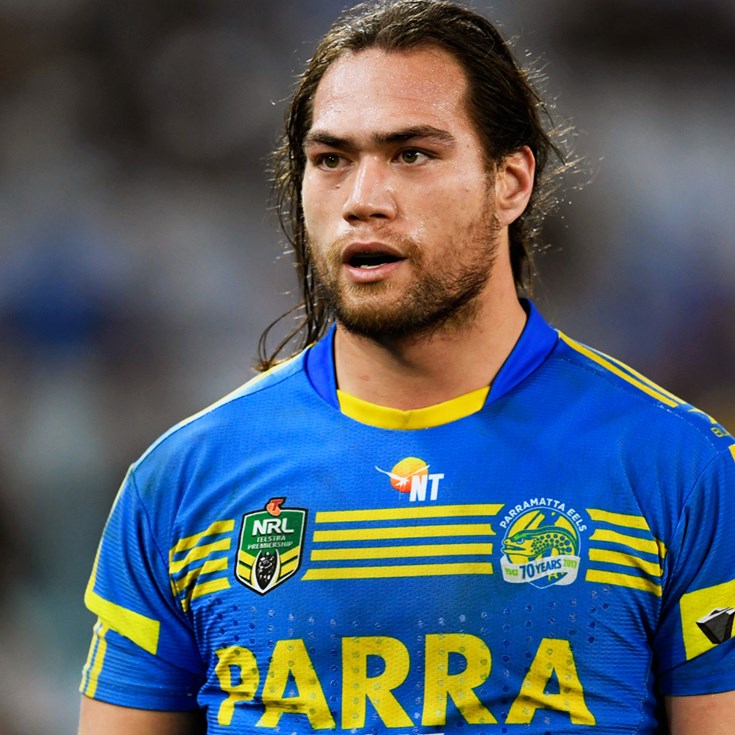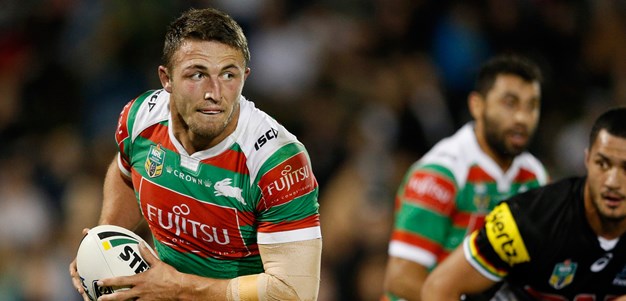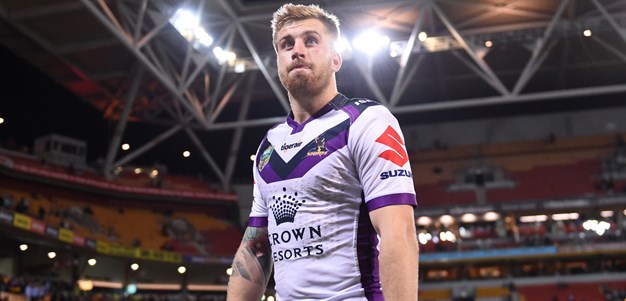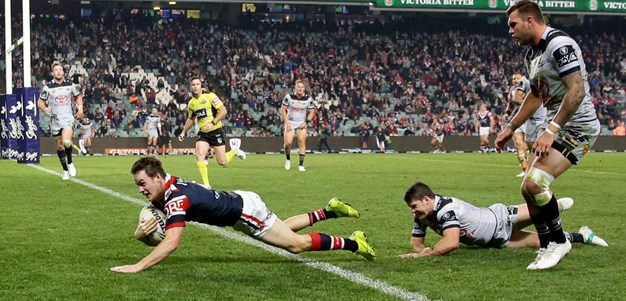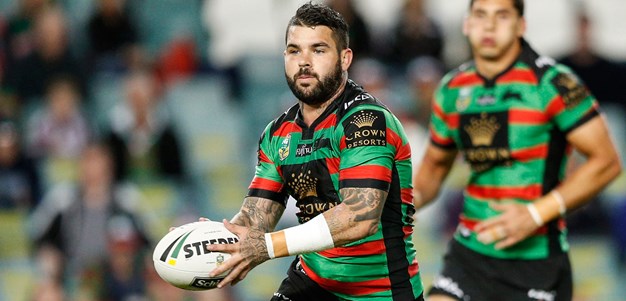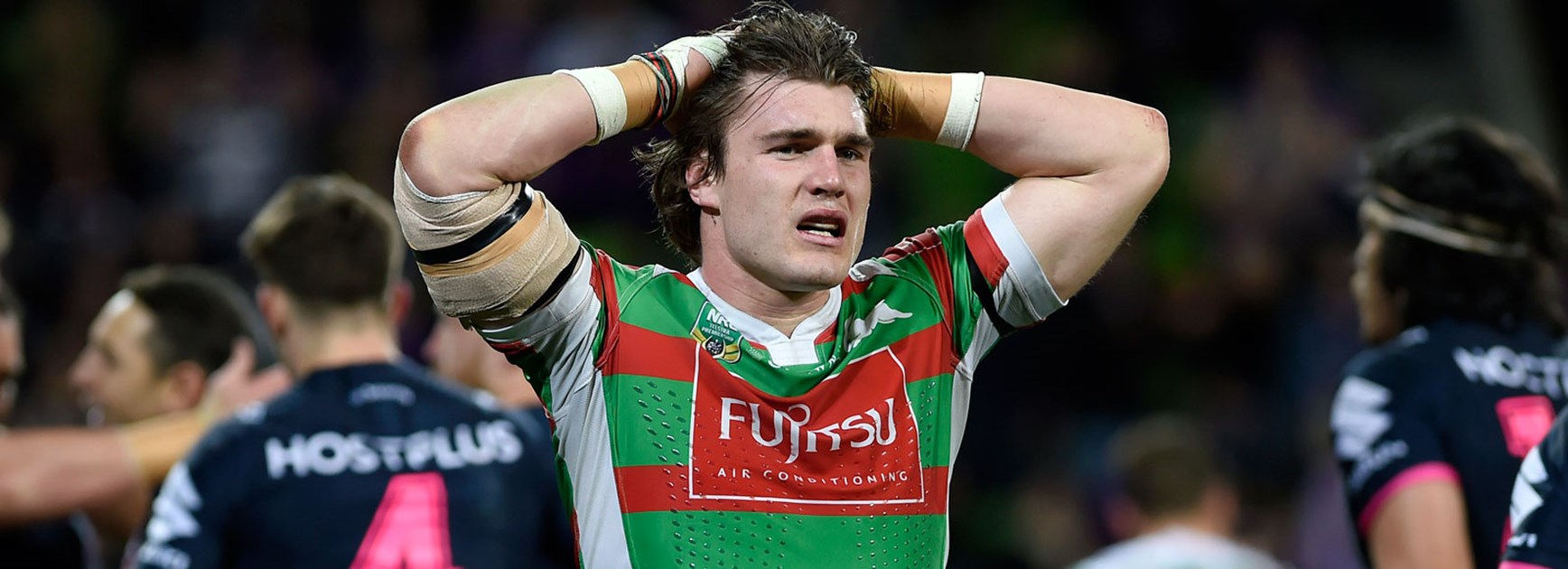
What are the big factors in a team's final position on the NRL ladder? Star players? Form? Coaching? Luck with injuries?
How about the draw?
It's a largely overlooked factor when pundits assess which teams have succeeded or failed in a given season, and certainly isn't a topic of discussion among fans and clubs when a coach's performance is being assessed.
But statistics suggest the draw may have played a part in the rise and fall of several clubs this season.
While it's impossible to really quantify how difficult a schedule list is – with travel times, the time between matches, representative fixtures and other factors obviously having some influence – we've taken a simple snapshot considering just one factor: the quality of opponents.
In an NRL regular season each club plays against nine teams twice and six teams once, plus two byes. That means some teams will face more top-eight sides than others, and hence have a more "difficult" draw. It's an unavoidable part of a 26-round season.
So we've allocated points to each team – 16 to the No.1-ranked Storm, 1 to the last-placed Knights – and ranked each club's draw by the total of their opponents across the season.
Here are the regular season rankings of NRL clubs from the past two seasons, matched up with how "tough" each teams' draw was for that season according to the final rankings of all their opponents.
2016 final ranking / draw toughness (1 is toughest, 16 is easiest)
1. Storm / 13
2. Raiders / 11
3. Sharks / 14
4. Cowboys / 6
5. Broncos / 5
6. Panthers / 16
7. Bulldogs / 10
8. Titans / 12
9. Wests Tigers / 9
10. Warriors / 6
11. Dragons / 15
12. Rabbitohs / 3
13. Sea Eagles / 2
14. Eels* / 8 (*Had competition points stripped, ranked 8th on wins)
15. Roosters / 1
16. Knights / 4
And now this year's results…
2017 ranking / draw toughness (1 is toughest)
1. Storm / 12
2. Roosters / 13
3. Broncos / 8
4. Eels / 15
5. Sharks / 10
6. Sea Eagles / 11
7. Panthers / 16
8. Cowboys / 7
9. Dragons / 14
10. Raiders / 2
11. Bulldogs / 6
12. Rabbitohs / 1
13. Warriors / 9
14. Titans / 5
15. Tigers / 3
16. Knights / 4
This basic snapshot shows us a few things.
For one, the Roosters' remarkable rise from 15th on the ladder to second in a single season may not have been based solely on a fitter squad and the recruitment of Luke Keary and Michael Gordon. They also had the fourth-easiest draw this year after coming up against the second-hardest draw in 2016.
The reverse was true of the Raiders, who finished in second place last year with the 11th-hardest draw but missed the finals this season after battling with the second-hardest. The Titans and Bulldogs faced tougher draws this year and fell out of the top eight, while the Sea Eagles had a much easier draw and jumped from 13th to sixth.
The only team in the NRL that had a tougher draw in 2017 and improved their rank was the Dragons, who went from having the 15th hardest draw in 2016 to the 14th hardest in 2017, and climbed (slightly) from 11th to ninth. The Warriors meanwhile had a slightly easier draw but nonetheless dropped in the rankings.
All other teams held their position, had an easier draw and improved their position, or had a harder draw and dropped down the rankings.
So is the draw the deciding factor in shaping which teams succeed and fail in a season? Not really. After all, the premiers aren't the team that is on top after 26 rounds – they're the team that wins the grand final. If a club requires an easy draw to make the finals, it's unlikely they're going to be good enough to win the decider.
In fact, teams that play a lot of games against quality sides and still make the eight are probably more finals-ready than others (see the Cowboys this year, who have played their best in the finals after facing the toughest draw of top-eight sides throughout the season).
Also, it's worth keeping in mind this is hardly a scientific way of assessing how tough a team's draw is. For example, the Melbourne Storm by default have an easier draw than the rest of the league because they don't have to play the Melbourne Storm. The reverse is true for the teams at the bottom of the ladder.
But it should at least help shape the conversation about success and failure for teams in a single year. It's a mitigating circumstance, for example, for clubs who fail to match the heights of the previous season (see the Raiders, Bulldogs, Tigers and Titans).
Likewise it can offer some encouragement for supporters of struggling teams. The Knights and Tigers may have finished in the bottom two spots on the ladder this year, but they also faced the fourth- and third-hardest draws respectively, according to this measurement. The Rabbitohs have finished 12th in consecutive seasons – a disappointing result considering the talent at the club – but they faced the third-hardest draw in 2016 and the hardest draw this year.
Those numbers won't be much consolation to coaches who have lost their jobs, but they should encourage fans to be a little more patient with their team's performance in any given season.
An easier draw in 2018 won't turn a struggling side into a premiership contender, but it could help them make the leap towards finals footy.

